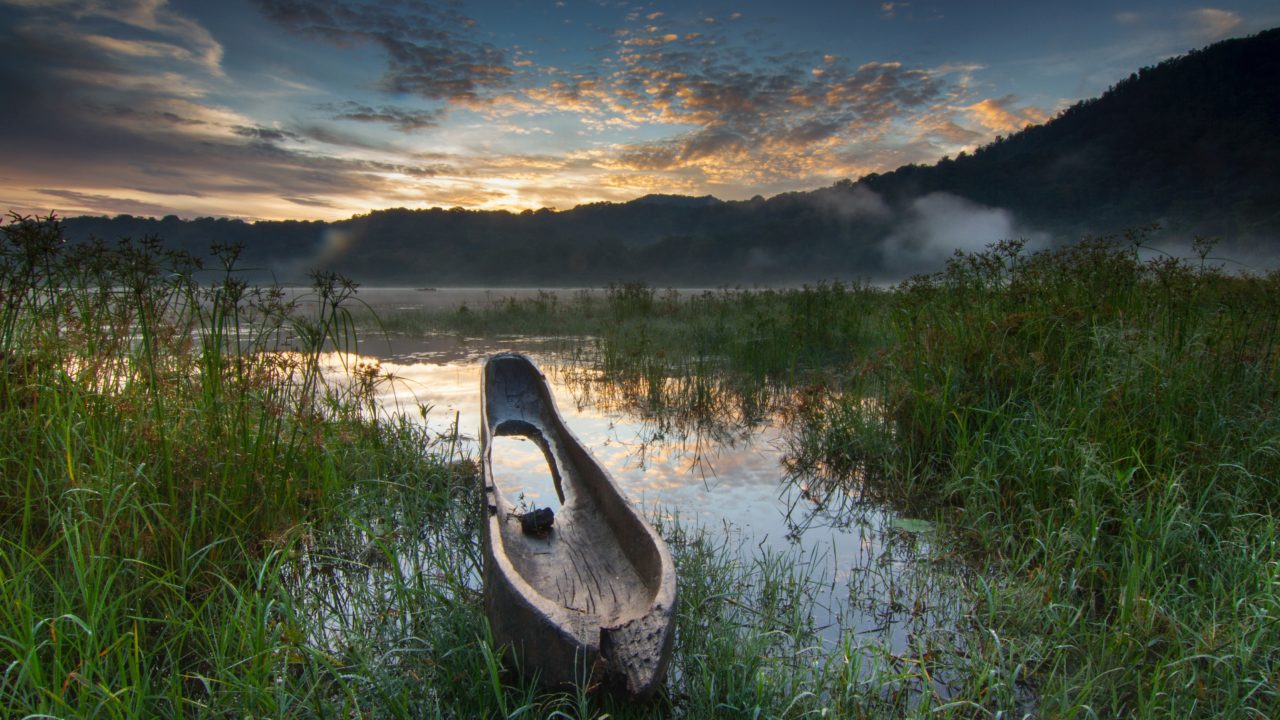As we say goodbye to 2020, to what has been an incredibly and unpredictably challenging year in many ways for many people, it is important to sift through the muddy (swamp) waters for positive news. For peatlands, the last 12 months have provided many sources of hope. Various happenings have brought the societal relevance of peatlands further into the public eye, and shone light on some of the great work of peatland scientists and practitioners across the world. Here are a few highlights (hopefully you also know of many more!).
There is a passionate campaign underway to make The Flow Country into a UNESCO World Heritage Site. The UK Government’s Department for Digital, Culture, Media and Sport (DCMS) announced in July that it will support the bid to UNESCO to consider this vast area of blanket bog as a significant jewel in humanity’s crown. If The Flow Country peatlands, which cover 2,000 km2 within the region of Caithness and Sutherland in northern Scotland, are given World Heritage Site status, they will enjoy increased resources for their protection and restoration (supporting further excellent work such as this), and helping the UK to achieve its net zero climate targets. The campaign team are busy working on the nomination materials, which will be reviewed by the UNESCO Committee in 2023. In the meantime whilst we await their decision, the RSPB’s Forsinard Flows reserve continues to provide access to this wonderful site (in the absence of Covid-restrictions!).
This year has seen noteworthy articles published that raise awareness of the importance of peatlands as an irrecoverable carbon stock (Goldstein et al., 2020), highlight the importance of better understanding peatland carbon dynamics and incorporating them into global climate models (Loisel et al., 2020), evaluate the relative impacts of incentive vs. deterrent interventions on peat fire outcomes (Carmenta et al., 2020), and assess the value of understanding people’s engagement with peatlands and the reasons behind “caring for Cinderella” (Byg et al., 2020). In addition to these, and of central relevance to this year’s main news story, Harrison et al. (2020) published an article describing the role that tropical peatlands play in the context of global disease pandemics.
Covid-19 has touched us all, including the communities living in the World’s peatlands. Working with an international team of co-authors (including us both), Harrison et al. (2020), make apposite connections between the current Covid-19 pandemic and tropical peatlands drawing attention to the consequences of neglecting this globally important ecosystem in these challenging times. We describe how tropical peatlands could prove a potential source of zoonotic emerging infectious diseases in the future, with wildlife harvesting and habitat degradation bringing people into contact with potential animal vectors. Of more immediate effect, we describe the likely/ensuing impacts that the Covid-19 pandemic is already having on communities living in and around tropical peatlands. Food security, health provisioning and livelihoods have been compromised by the interruptions to transport resulting from the pandemic within the peatlands of Borneo and the Peruvian Amazon. Peatland research, restoration and conservation have also all been disrupted, increasing the susceptibility of already degraded peatland areas to fire and illegal activities. On a positive note, the article concludes by providing specific recommendations on how tropical peatlands can be managed to mitigate the risks of this pandemic and potential future ones. Hopefully these recommendations will be heeded.


Many tropical peatland areas are vulnerable to the impacts, whether directly or indirectly, of Covid-19 (Harrison et al., 2020). A remote tropical peatland community in Buenos Aires (upper image), within the Pacaya Samiria National Reserve, Peruvian Amazon, which is accessible only by boat. People living here and in neighbouring communities rely heavily on resources extracted from the surrounding peat-forming Mauritia flexuosa palm swamps. Urarina indigenous groups living in peat-rich areas, harvest palm leaves from which to make textiles (lower image); important both practically and culturally for these isolated communities. The palms also offer plentiful food for wild fauna and thus the palm swamps in which they grow are important hunting spaces for people, providing bushmeat in locations far from the nearest market. Photo credits: Lydia Cole.
Finally, the UK Government has been put under further pressure recently to ban peat compost for amateur gardeners. The UK aimed to phase out peat compost for home use in England this year, but the target was only voluntary, meaning political will is limited and enforcement non-existent. Campaigns drawing attention to this Government failing are helping to ensure it does not go unnoticed.
Despite these ‘wins’ for peatlands in 2020, there remain many challenges to protecting these invaluable ecosystems sufficiently from degrading human activities (for example in the Congo basin and Indonesian Borneo). Continuing to bring peatlands into public view and onto national and international policy agendas is vital, and one that the International Peatland Society is committed to as we dive into 2021.
Dr. Lydia Cole
University of St. Andrews
Coordinator IPS Biodiversity Expert Group
Dr. Mark E. Harrison
University Of Exeter, Cornwall

